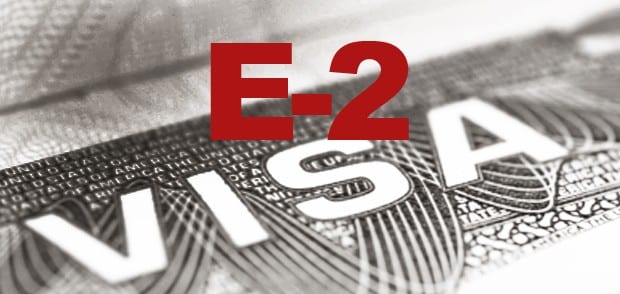
While most E-2 visas are filed at U.S. Consulates abroad, there are some instances where an applicant may apply for a change of status while in the U.S. For example, an applicant could enter the U.S. on B status and then apply for a change of status to E-2 status by filing a I-129 petition. The petition must be filed before the I-94 expiration date and the E-2 visa requirements are similar to those of U.S. Consulate.
You can find out more about when to file a change of status to E-2 status by clicking here.
You can find out more about the E-2 visa requirements by clicking here.
As described in the E-2 visa requirements in the above link, an applicant must perform and/or complete some activities before applying for an E-2 visa including:
- Setting up a bank account
- Setting up a business entity
- Creation of a website
- Establish business prospects (sign letters of intent and/or contracts)
- Lease premises
- Interview and Hire employees
- Attend meetings
All of the activities described above are considered permitted B-1 activities and until recently USCIS has not questioned these activities being performed while on different visa types. For example, in the past, when an applicant entered on a B-2 visa (tourism) and was on B-2 status and then later changed status to E-2, USCIS would approve these applications. In a recent trend, USCIS has started to issue RFEs asking applicants to address how they were able to perform the permitted B-1 activities if they were for example in B-2 status. (Note, B-2 status does not technically permit these activities) In order to file a change of status application in the U.S., you must also prove that you have maintained valid status while in the U.S. so these activities could lead to a denial of an E-2 visa change of status petition.